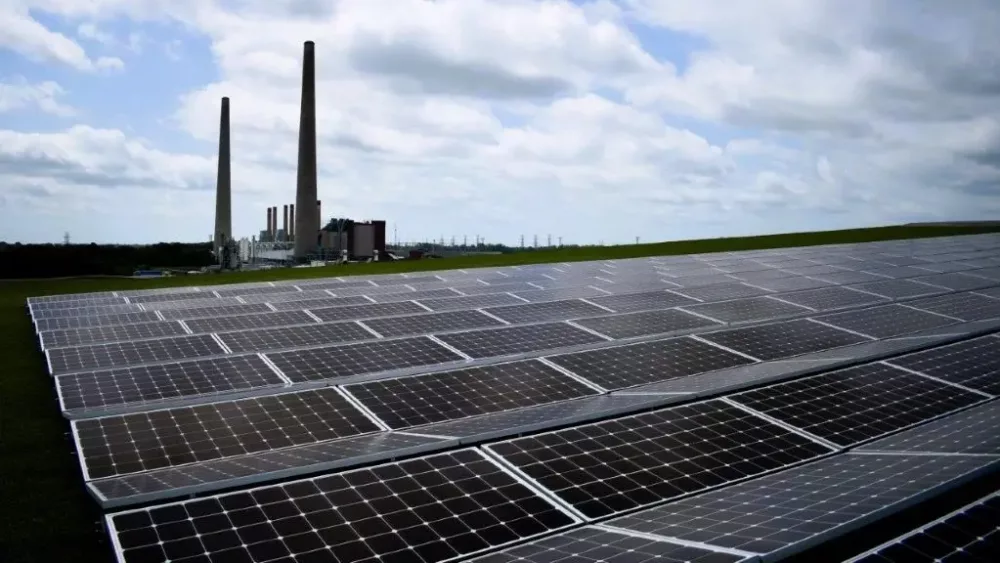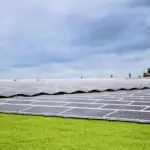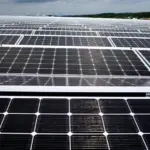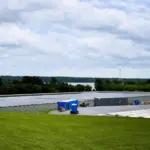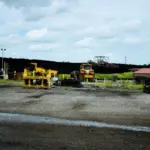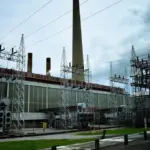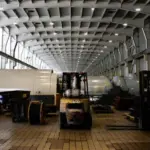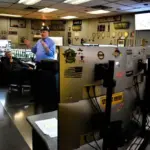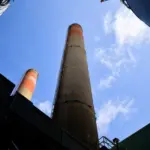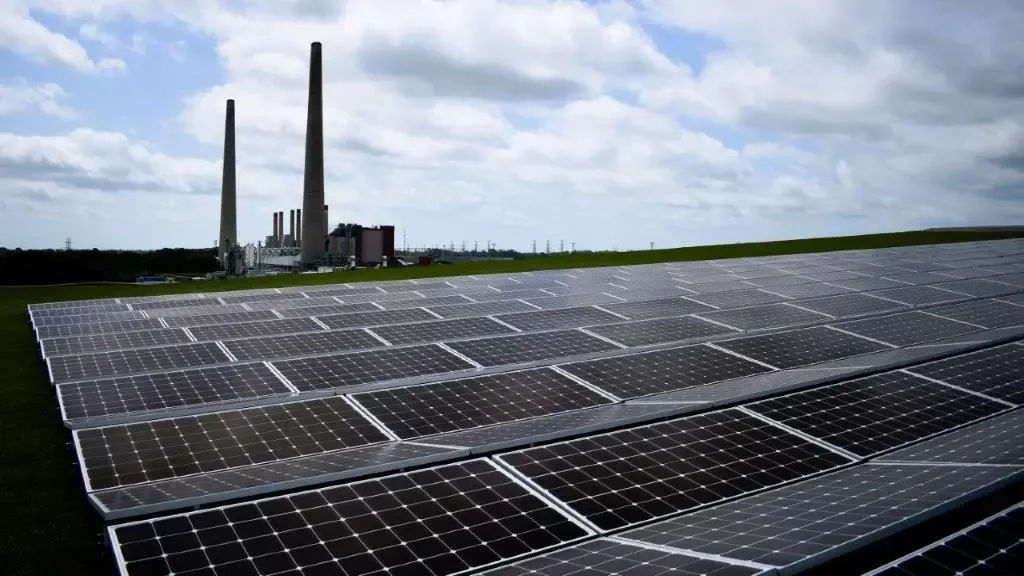
On April 9, 1953, West Paducah’s Shawnee Steam & Fossil Plant fired its first coal stack — generating electricity for thousands inside the Tennessee Valley Authority footprint.
In 2028, under a 75-year diamond jubilee, its officials will bring online a pilot program known as “Project Phoenix” — in what will be the world’s first-ever 100-megawatt solar field constructed on the very mounds of coal ash created near the Cumberland and Ohio rivers facility.
Combined, the coal-solar array will produce round-the-clock energy valued at more than 1,300 megawatts — marrying renewable and non-renewable resources in a way no other energy company ever has, but hopefully adopts if this succeeds.
That’s enough to power more than 625,000 homes and businesses per day.
Regional leaders and local media members got a behind-the-scenes look at the property Wednesday morning, where construction efforts have been on-going along 270 acres of brackish wasteland since 2021.
Man-made hills of coal-burning residuals are now covered in a synthetic turf that is weighted down with sand and buckled to the Earth with rubber cleats. Above it: thousands of solar installations that — instead of being vaulted on stilts or high canopies — are mapped and installed nearly flush to the topography, only a few inches above dirt to allow rainwater to escape.
Where typical solar farms require 5-to-10 acres to generate one megawatt of electricity, this engineering is enviably efficient — clocking in at one megawatt every 2.7 acres.
Patrick Kiser, general manager of strategy and engineering for TVA’s Special Projects, said the innovation will not only add more generation to the company’s expansive public grid — but could also serve as a blueprint for other types of land use.
Once fully deployed and operational, Kiser said the project would cost more than $270 million while adding 10-to-15 on-site operational jobs.
Kiser also noted the effort, however, is completely domestic — and the turf, racking systems and solar panels can all potentially be relocated and reused for other projects and coal-ash sites across the network.
As coal continues to be fired in the property’s nine stacks, Kiser said a new coal-ash field is being created — with possibilities of expanding “Project Phoenix” still in preliminary discussions.
Furthermore, he added that coal ash, itself, continues to be an important global commodity for its plethora of uses, including the manufacturing of concrete, the harvesting of rare earth elements, the producing of substrate for farming, and more. Should this reserve of it be needed for any reason, Kiser said the turf rolls back for easy access.
Specifically, coal ash consists of several by products, including fly ash, bottom ash, flue gas, combustion ash, cenospheres and other scrubber residues.
While this effort helps deliver on TVA’s promise to reduce its carbon footprint significantly by 2050, it doesn’t mean coal is no longer going to be a part of the generation profile. The Shawnee Steam Plant has at least 30 days coal supply at all times, and there are contracts extending into at least 2040 for its carbon operations — behind the shipment of affordable coal loads from Powder River Basin mines in Wyoming, Utah and Idaho.
Shannon Benton, the Steam & Fossil Plant manager for the past two-plus decades, said coal gets burned at 2,200 degrees — hot enough to generate steam that spins turbines at nearly 3,600 RPM.
The furthest northwest location in TVA’s catalog, Benton noted this ingenuity turned concerns into answers — and was originally proposed as a cap-and-close site before designing this new top dress.
At present, Shawnee Steam & Fossil employs more than 220 residents in the region. It uses at least 14,000 tons of coal per day, and its sixth unit still holds the national record for continuous coal-fired operation at 1,093 days, 11 hours and 24 minutes.
Turbines


